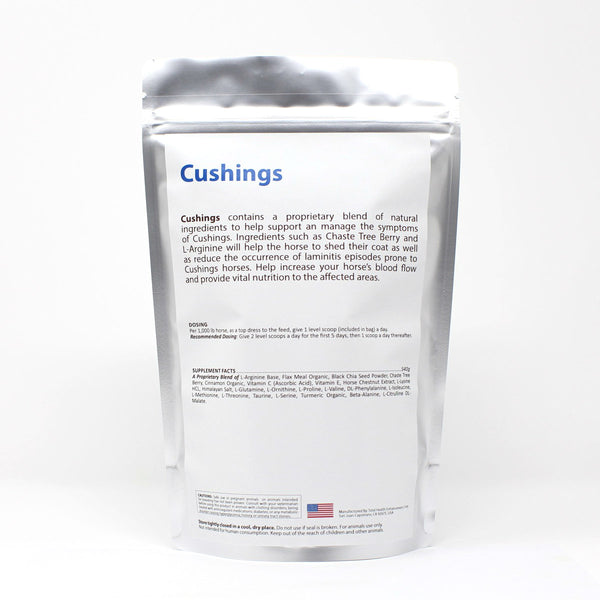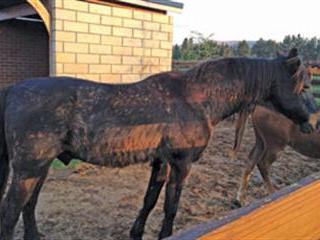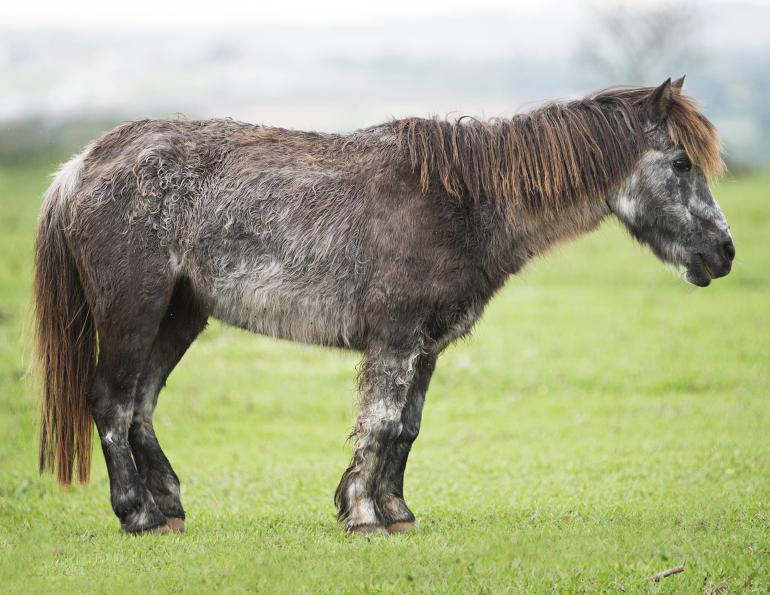Managing Horses with Cushing’s Disease: A Comprehensive Guide

Cushing’s disease, also known as Pituitary Pars Intermedia Dysfunction (PPID), is a common endocrine disorder affecting older horses. Managing this condition effectively requires understanding its symptoms, diagnosis, treatment options, and ongoing care strategies.
What is Cushing’s Disease in Horses?

Cushing’s disease is caused by a dysfunction of the pituitary gland, leading to excessive production of certain hormones, particularly adrenocorticotropic hormone (ACTH). This hormonal imbalance results in various clinical signs and complications.
Symptoms of Cushing’s Disease
- Excessive hair growth (hypertrichosis or hirsutism)
- Delayed shedding of the winter coat
- Increased thirst and urination
- Muscle wasting and weight loss
- Laminitis (hoof inflammation)
- Lethargy and decreased performance
Diagnosing Cushing’s Disease
Diagnosis involves a combination of clinical signs and laboratory tests, including:
| Test Type | Description |
|---|---|
| Basal ACTH Test | Measures resting ACTH levels in blood |
| TRH Stimulation Test | Measures ACTH response after TRH injection |
| Dexamethasone Suppression Test | Assesses cortisol suppression after dexamethasone |
Treatment Options
Medical Management
- Pergolide Mesylate: The most commonly prescribed medication that helps regulate hormone levels.
- Cyproheptadine: Sometimes used as an adjunct therapy.
Supportive Care
- Regular hoof care to prevent laminitis
- Nutritional management focusing on low-sugar diets
- Maintaining a stress-free environment
Nutritional Management
Feeding horses with Cushing’s disease requires attention to their metabolic needs:
- Provide forage low in non-structural carbohydrates (NSC)
- Avoid high-starch grains
- Include supplements like omega-3 fatty acids and antioxidants
Monitoring and Long-Term Care
- Regular veterinary check-ups every 6 months
- Monitoring weight, coat condition, and hoof health
- Adjusting treatment based on clinical response
FAQ
Q1: Can Cushing’s disease be cured?
A: No, it is a chronic condition but can be managed effectively with medication and care.
Q2: How often should I test my horse for Cushing’s?
A: Typically, testing is recommended annually or if symptoms worsen.
Q3: Is laminitis always associated with Cushing’s disease?
A: Laminitis is a common complication but not all horses with Cushing’s develop it.
Managing horses with Cushing’s disease involves a multifaceted approach combining medical treatment, nutritional management, and regular monitoring to ensure the best quality of life for affected horses.
